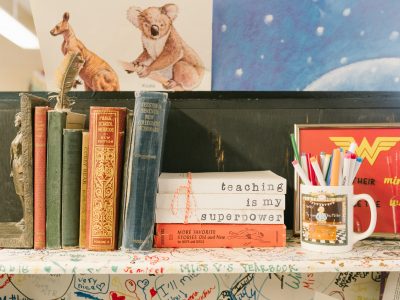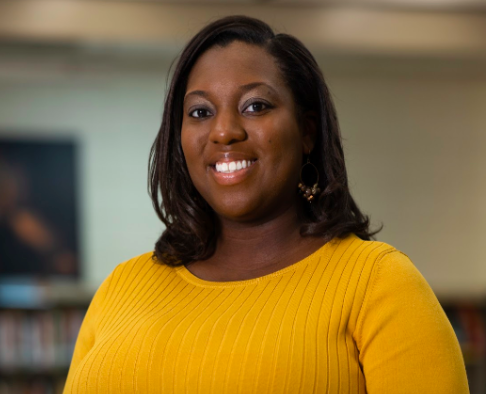By: Cynthia Johnson, SC Media Specialist
“How do the narratives shape or create our understanding of mortality? Cynthia, would you like to respond? “
I froze.
Was it my daydreaming gaze that gave away that I had not read a page or line from Hamlet? I never read any of the classics while matriculating through High School, where the classics were deemed an important rite of passage which could not be avoided. I managed to bob and weave through them as an active listener, a benefit in the battle with books by a self-declared non-reader.
As I entered Spelman College, I realized that it wasn’t reading that I hated. It was the selection of text and, more specifically, the absence of my voice and my perspective within the selected texts. I am not ashamed of my lack of knowledge in classics like To Kill A Mockingbird, Hamlet, or “The Iliad.” It shaped me into a better literacy instructor and more relatable librarian, someone both students and teachers alike could seek out for authenticity in thoughts and suggestions.
Literacy Instruction Begins With Choice
When I became a school librarian, I wanted to introduce students and adults to reading in a way to make them realize that we are all readers. We just need the right book that sparks our interest. “Reader’s choice” became my mantra for increasing students reading in and out of the classroom. I intentionally created class activities to share with teachers to show that when we provide students options, they will and can read text to master and accomplish skills they seek.
Coffee, Cake, and a Cool Takeaway
Initially, I enticed teachers with “Coffee, Cake, and a Cool Takeaway.” In order to share what I can offer and how Media Center resources can be used. I invited teachers and staff to come to the media center during their planning periods to enjoy coffee, juice, and cake. It didn’t hurt that I had Media Center resources set out for viewing and interaction, too. I began with content collection development, using various multimedia, public library resources, websites, and primary sources. Many teachers create their own collections; however, in a very short period of time I was able to show how I could help.
I also shared the newest information on our state virtual library and its various databases in order to offer resources to engage students in diverse texts. Overall, I was able to sell my services and the media center resources for teachers to use as they facilitate lessons for students to master standards.
The Roots of My Beliefs Concerning Literacy
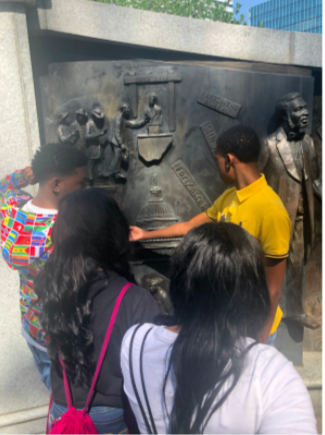
I believe that literacy needs to be deeply rooted in personal experiences. This allows students to examine their own histories as they make choices and connections in literacy. For the past two years, I have shared this belief in my collaboration with two teams of teachers. One team was the 6th grade English Language Arts teachers. We selected books from various time periods, but each narrative was told through the lens of an African American perspective. Students were allowed to choose which book interested them and we formed student cohorts based on the books chosen by the students. Each teacher, including myself, taught one book to a cohort of students. During that time, students received literacy instruction based on the book of their choice.
Suggesting reading materials and teaching materials are two completely different experiences; therefore, I immersed myself in weekly, if not daily, conversations with my team as we moved through our books to ensure standards were mastered and engagement was maintained. We concluded the unit by hosting author, India Hill Brown, who spoke about writing and the history of unmarked graves and cemeteries in South Carolina.
Creating literacy rich environments requires collaboration, as well as choice. I have discovered that in order to collaborate, you must build relationships. My teachers have come to trust my expertise based on my actions and not just my words. Whether it’s having a school wide read using diverse texts like Kwame Alexander’s Crossover or House Arrest by KA Holt, picture book Read-Alouds and discussions, specifically highlighting Black, Indigenous, other People of Color and LGBTQA in the books, in advisory classes, or Book Tastings focusing on challenging or interesting themes (e.g. George by Alex Gino), I always provide choice. I learned from one of my most avid readers while we discussed books one day. She informed me that she had a goal to read 100 books in 1 year. She was 76 books in! Clearly, this was a student who loved to read. She revealed to me, though, that the moment her teacher told her she had to read a specific book, whether it was an excellent read or not, she was unmotivated. That conversation drove me to examine teaching literacy even more closely, as I changed lenses to look through the eyes of the ever-changing middle school student.
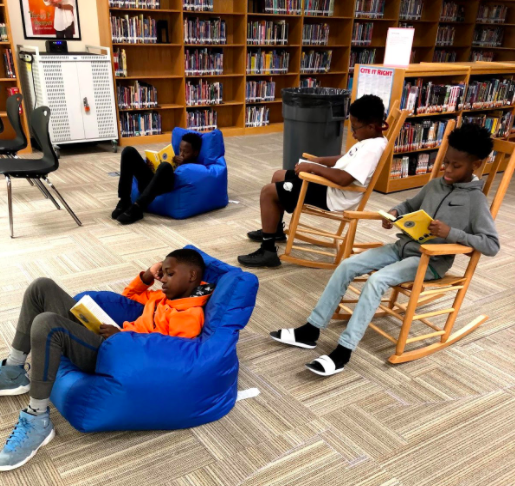
As I looked at my own relationship with students – and, in turn, their relationship with reading. I realized that my practice of always offering choice has made book talks and other various activities an easy sell because the children knew my intentions were pure, and I was advocating for them. They trusted the suggestions and practices I brought them. They could relax, knowing that I wouldn’t battle them on content. I just want them to read a book.
About the Author
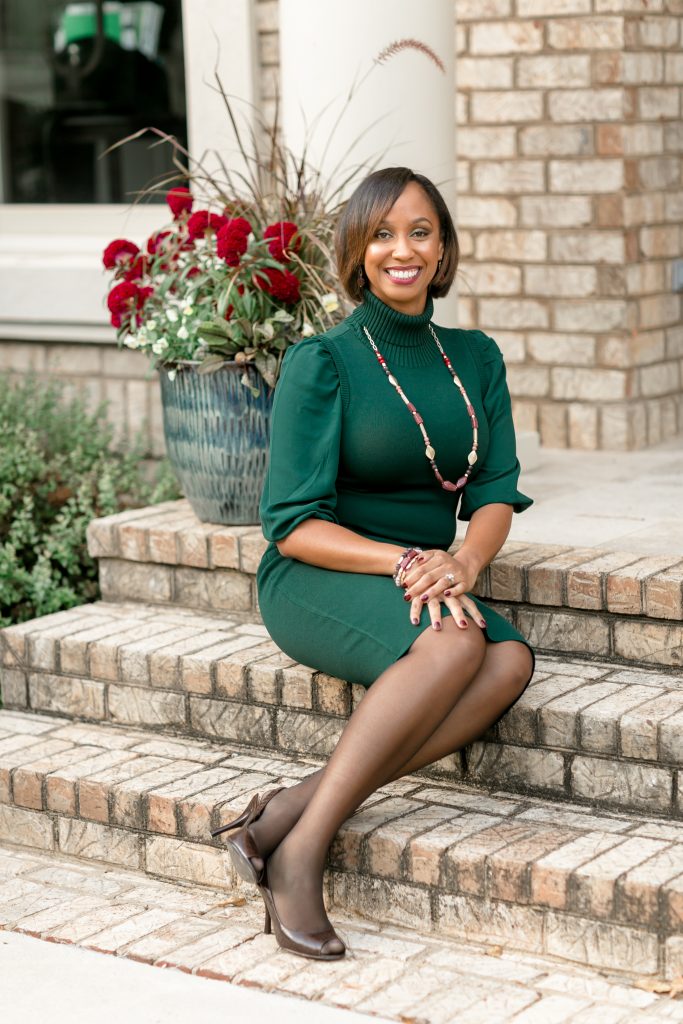
Cynthia Johnson is an 8-year veteran school librarian at Longleaf Middle School, Columbia SC. She is a Member at Large for the South Carolina Association of School Librarians.


